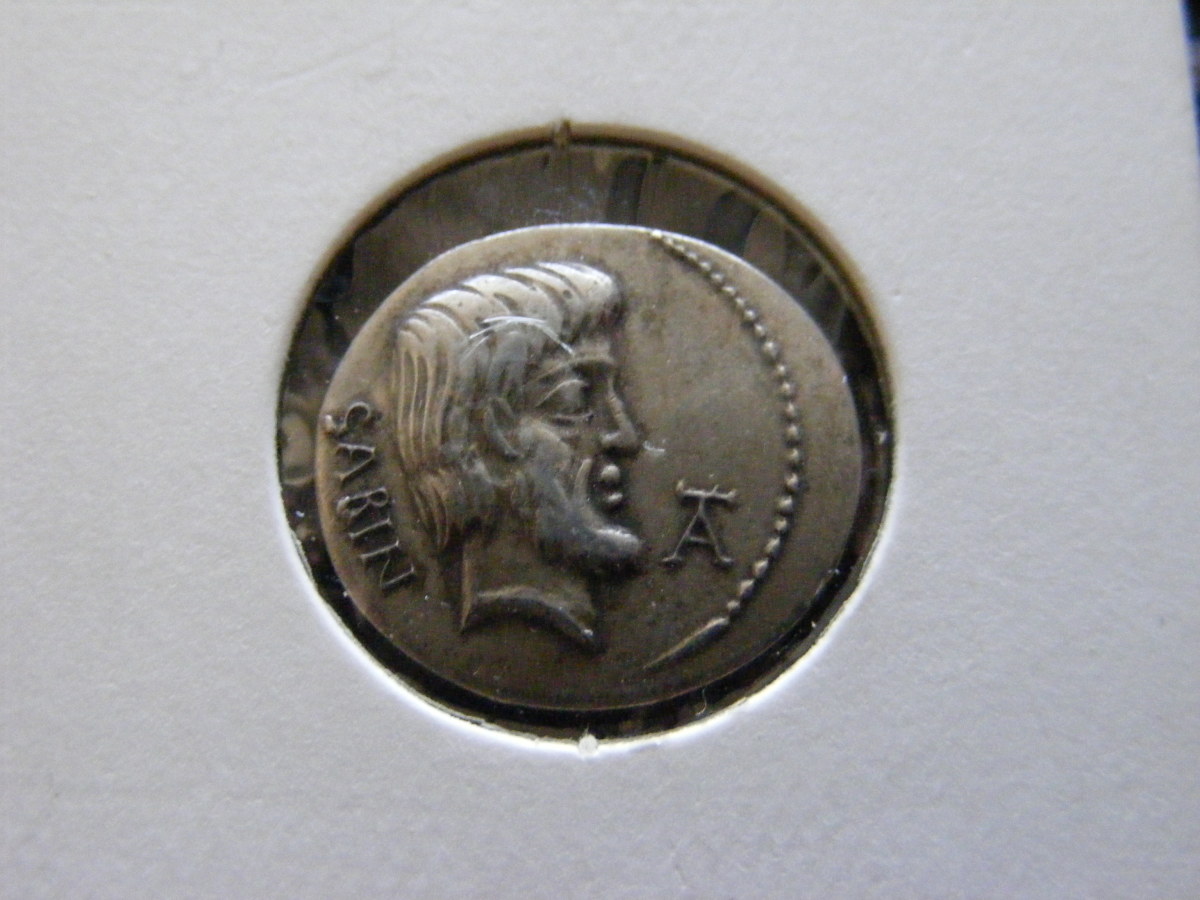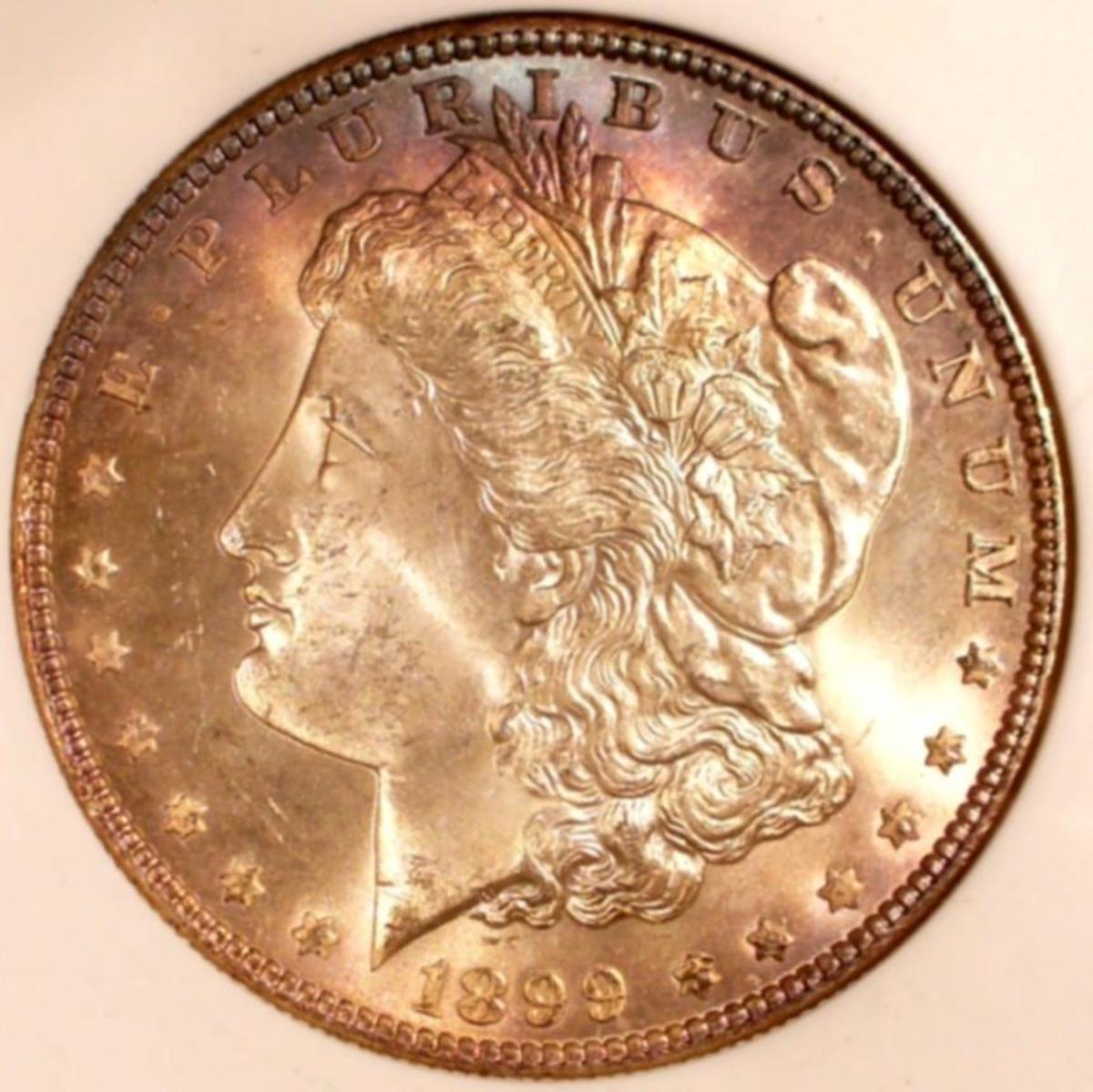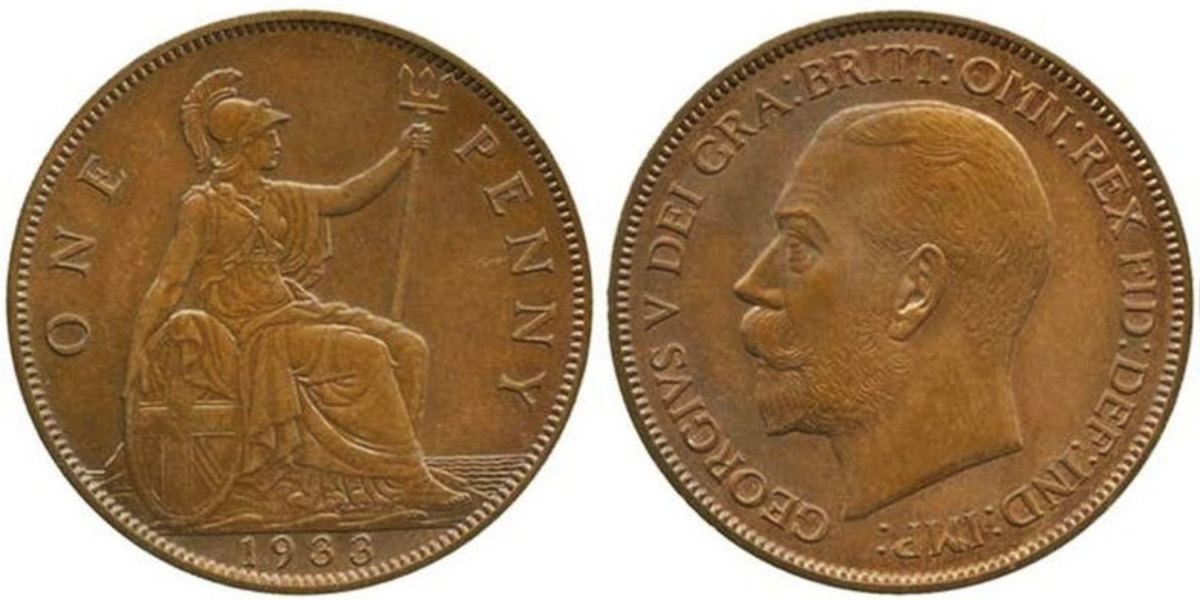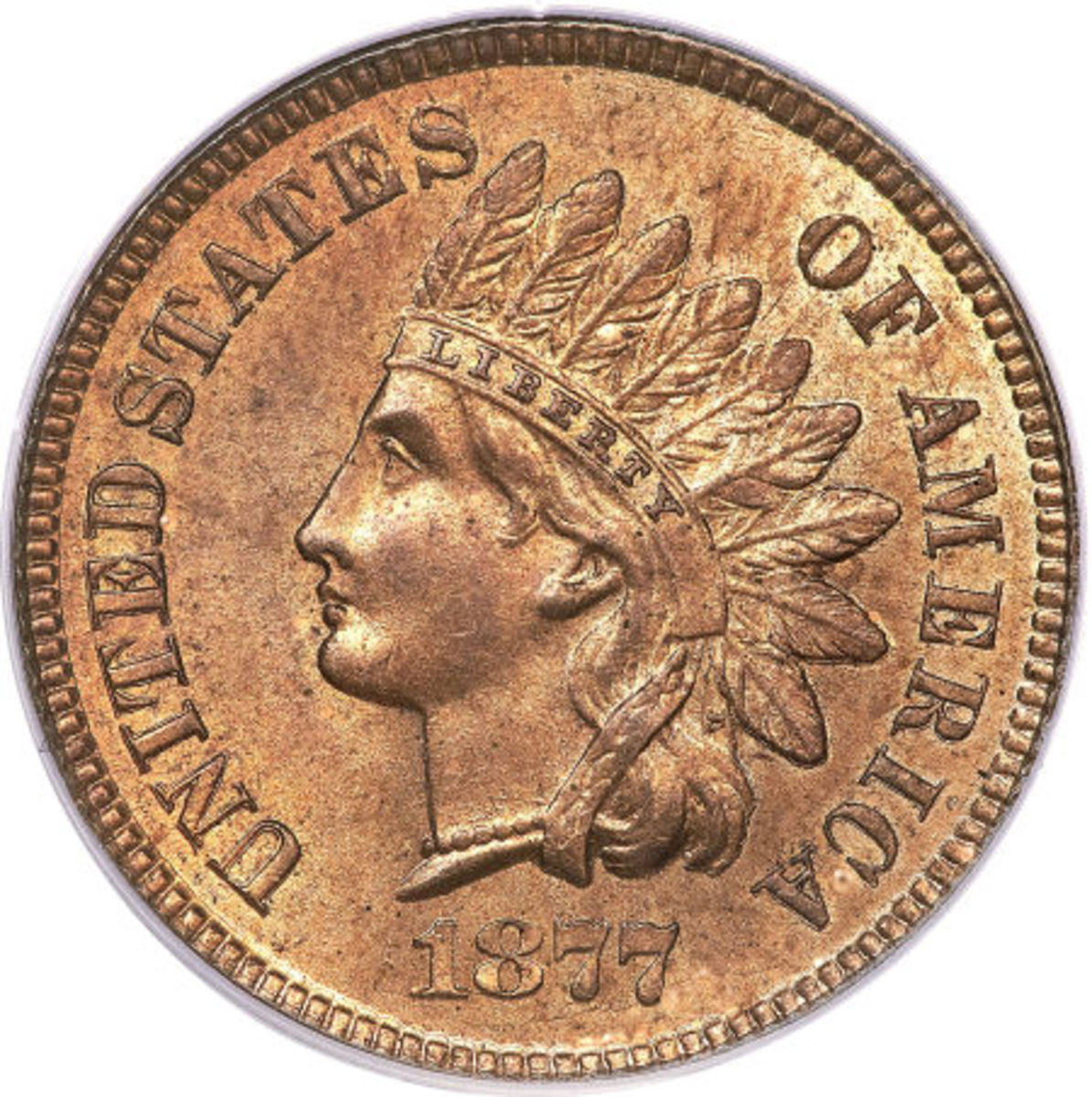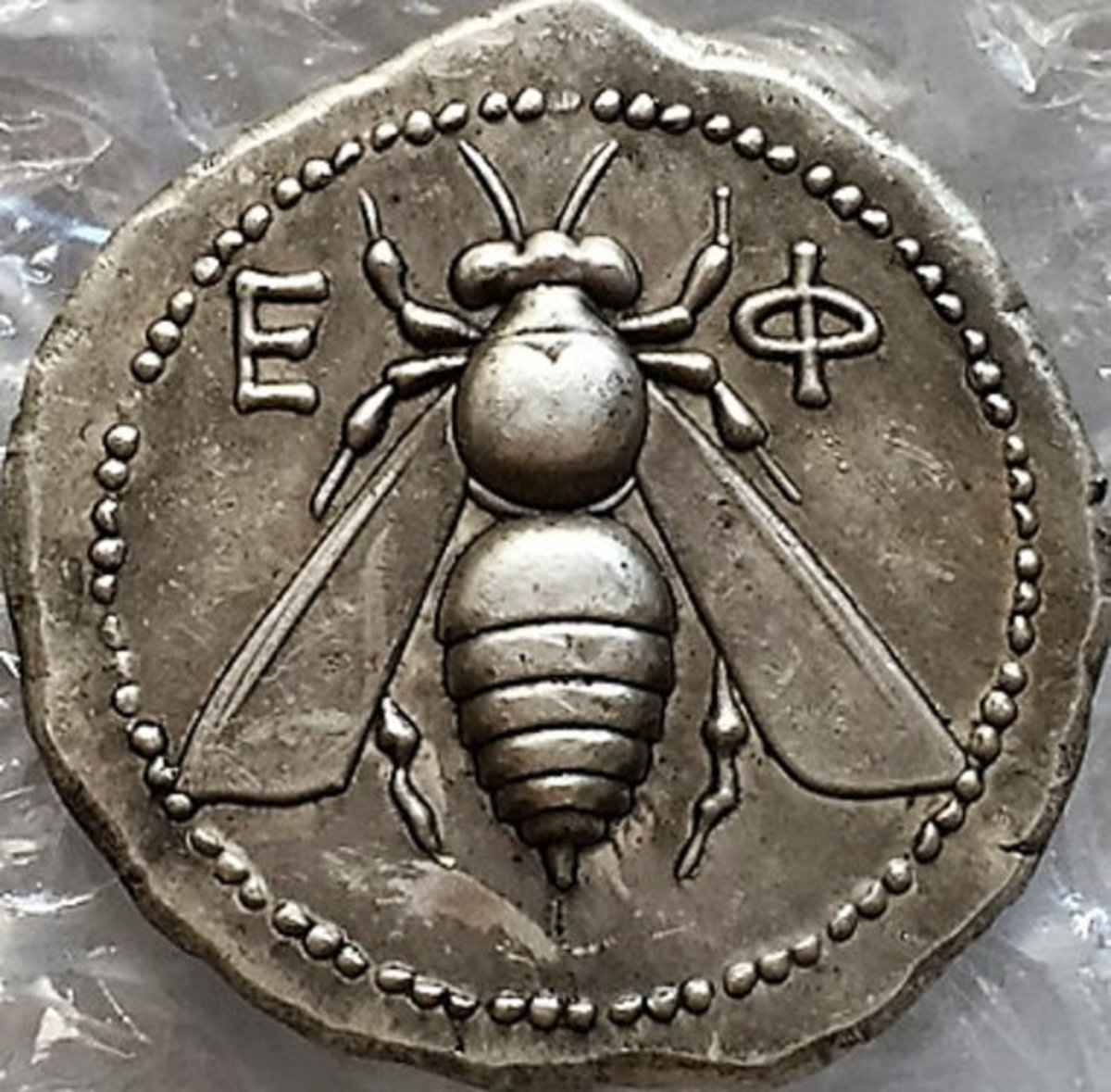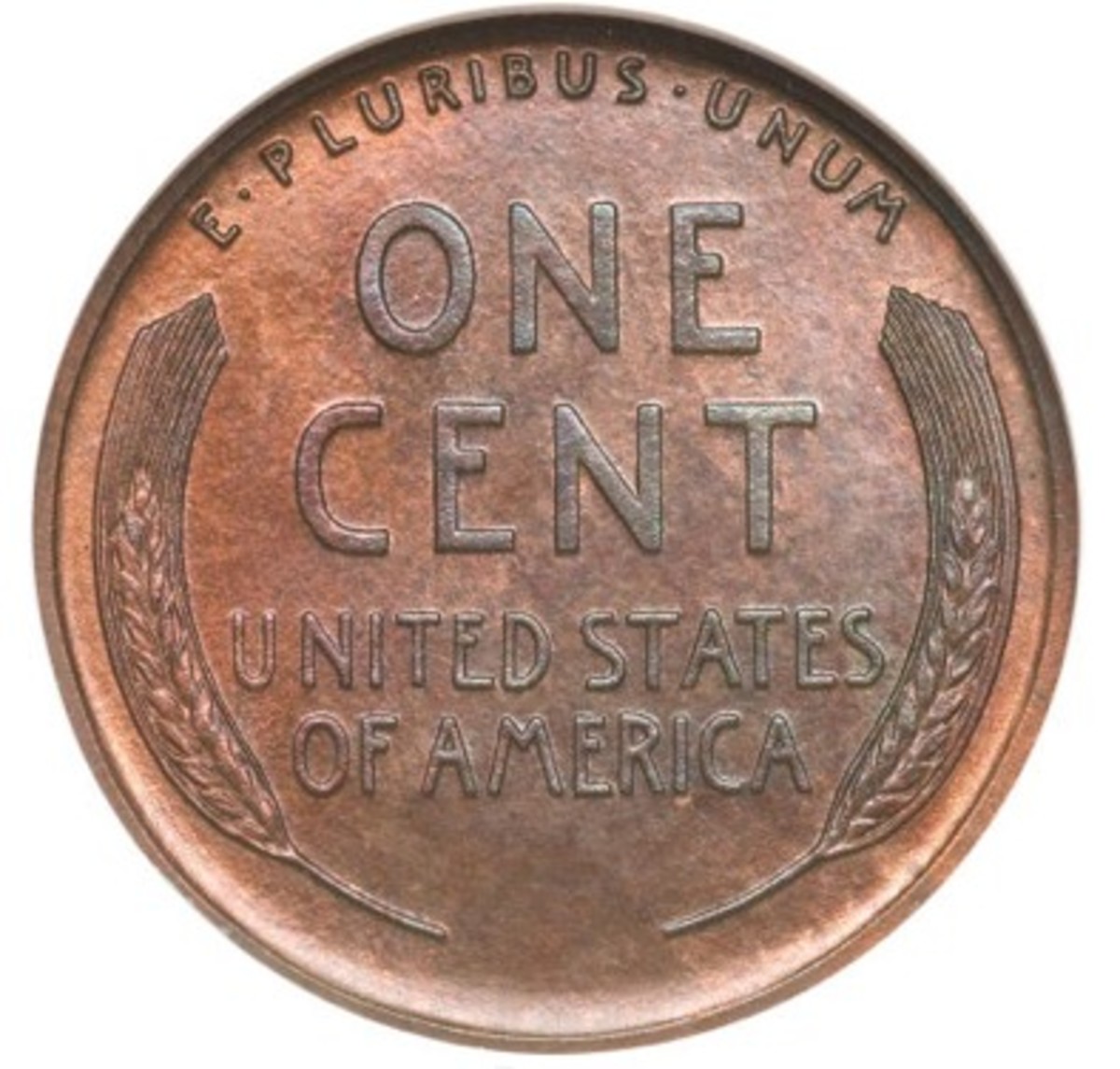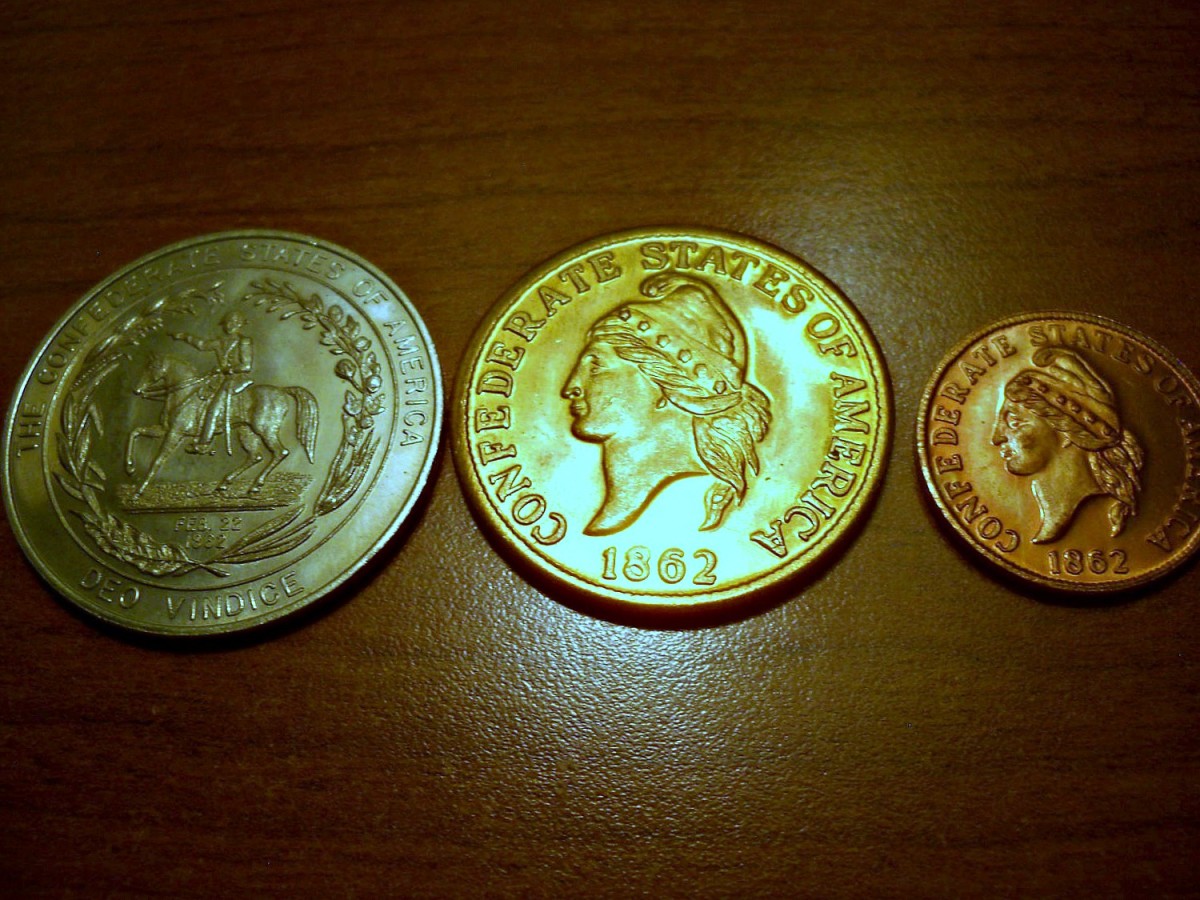How to Cash in on Common Errors Found on Lincoln Cents
Coin errors are made by the mint during the minting process and are usually caused by accidents or some sort of malfunction. It is even speculated that coin flaws might sometimes be a result of the deliberate interference by the mint personnel.
While coin errors can potentially be found anywhere and everywhere, the fact is that some coin mistakes are scarcer and are harder to come across than others. Therefore, the probability of striking it rich by finding a rare coin is pretty slim. On the other hand, it is still possible to spot typical coin mistakes which will still bring a fair premium.
Being an avid coin collector, I am going to introduce you to the most common U.S. coin errors in circulation. If you happen to have a pile of pennies before you then you should think twice before going to the bank to exchange them for paper money and here is why:
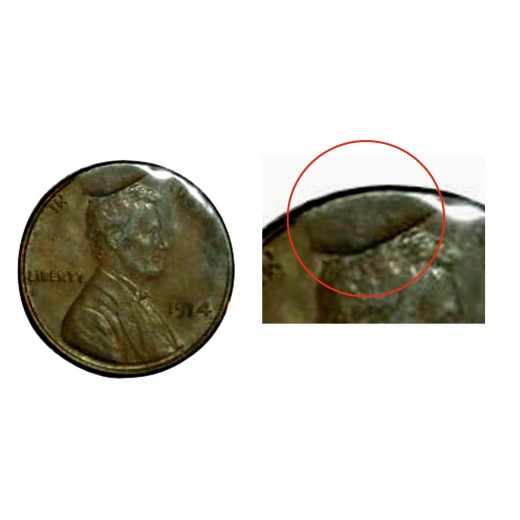
Cud mint errors on Lincoln cents
Personally, when I go through stacks of circulated pennies, it is pretty common to find cud mint errors resulting from major die breaks. Such flaws often take the form of blobs of raised metal which can be typically spotted on the obverse or reverse. In some cases such errors can even appear on the edges of the coins. The picture to the right shows a Lincoln penny mint error with somewhat of an oversized blob or a cud touching Lincoln’s head and extending onward towards the rim. This error can easily fetch anywhere between $20-$30. If you have the patience and the will then you too can find something as unique and cool as this piece.
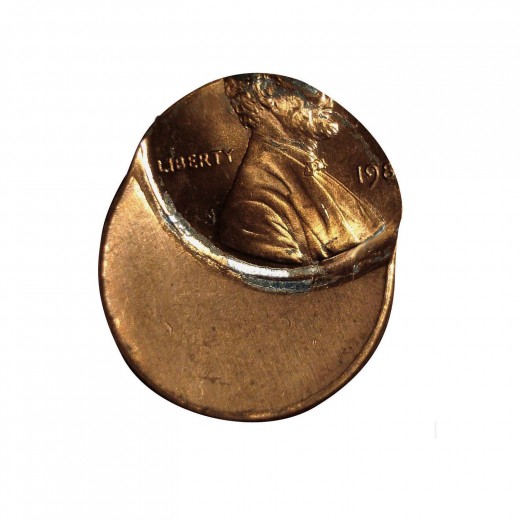
Off center Lincoln cents
Other typical coin errors include the off center Lincoln pennies. An off center error takes place when a coin blank is not aligned precisely between the two dies during the striking process. The monetary value of off center strikes greatly depends on the off center percentage. The more percent it is off , the more likely you are to turn it around for a hefty profit. The particular coin shown on the right is a 50% percent off center penny which can carry a value of anywhere between $10-$30 in a good to a very good condition.
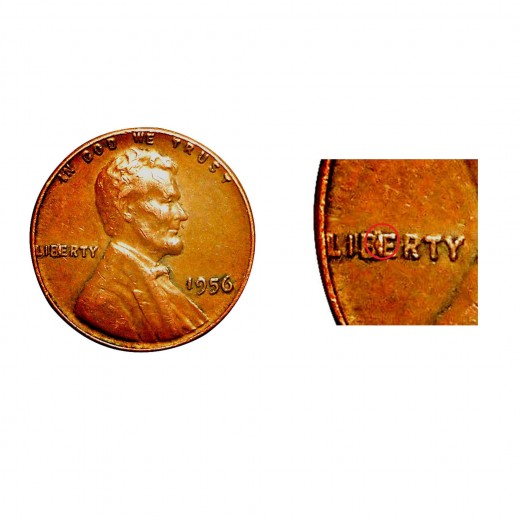
BIE erorr on Lincoln cents
One other coin error you will be likely to encounter would be the “BIE” penny. This name is given to a die break that occurs right in between the letters of B and E of the word LIBERTY on a penny. There are approximately 1,500 variations of such error. The majority of such coin mistakes took place in the 1950’s. Such a coin in a good condition could bring anywhere between $10-$20. The coin pictured on the right demonstrates a typical BIE error.
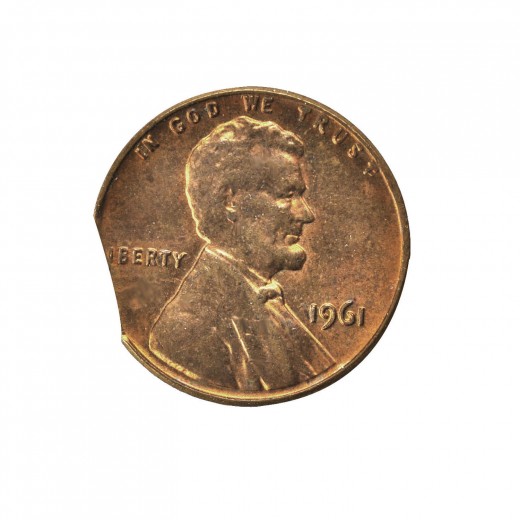
Clipped planchet Lincoln cents
This type of error takes place because of a failure during the preparation of coin blanks.
The amount of money any such coin can potentially bring will vastly depend on a few major factors. Any coin with more than a few noticeable, irregular or dramatic clips could be worth relatively more than a coin with a single or smaller clips which of course would be worth considerably less. However, it is important to note that the location of the clip alone is not a determining factor as to the coin’s value. Rather, the value depends on the coin collector’s perception and opinion. The photo to the right illustrates a simple clipped planchet error which could bring in an upwards of $10.
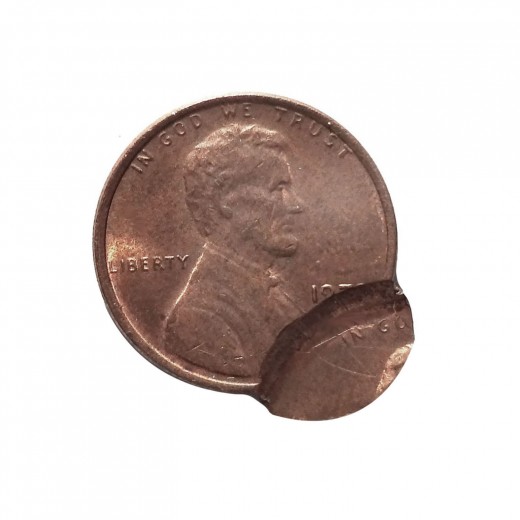
Double strike Lincoln cents
This type of a mistake occurs when the newly minted coin is not completely or properly removed from the striking area. As a result, the coin is struck once more with the dies. Due to the fact that each double strike is one of a kind, making almost an endless array of combinations, eye appeal plays a major role in determining the value of a certain coin of this sort. The picture to the right demonstrated a double strike error which could bring anywhere between $10-$40.

